Amazon has acquired the AI wearables startup Bee, which makes a bracelet and an Apple Watch app that record your day-to-day life to function as an AI assistant.


Questions to inspire discussion.
🛣️ Q: What specific improvements can we expect from the new FSD model? A: The new model will see and avoid potholes, drive better in parking lots, find parking spaces more efficiently, figure out pickup and drop-off zones for robotaxis, and handle high chaos situations like crowded areas more effectively.
Safety and Regulations.
🚦 Q: How does FSD’s safety compare to human drivers? A: Tesla’s FSD technology is already much safer than humans with the current Version 4, which has 8 cameras and 10x better parameters than previous versions, and it’s expected to improve further with future updates.
📊 Q: How significant are the improvements in the new FSD model? A: While the model has 10x better parameters, the features may not be 10x better, but improvements could be greater than 10x due to hard-to-measure benefits like reduced driving stress and increased safety.
🚫 Q: What’s limiting FSD’s full potential? A: Regulations currently hold FSD back from reaching its full potential, despite its ability to drive faster and handle high chaos situations more effectively.
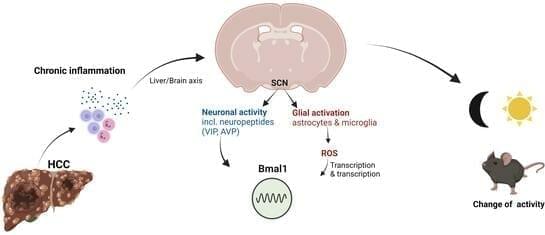
Background: Chronic liver diseases such as hepatic tumors can affect the brain through the liver–brain axis, leading to neurotransmitter dysregulation and behavioral changes. Cancer patients suffer from fatigue, which can be associated with sleep disturbances. Sleep is regulated via two interlocked mechanisms: homeostatic regulation and the circadian system. In mammals, the hypothalamic suprachiasmatic nucleus (SCN) is the key component of the circadian system. It generates circadian rhythms in physiology and behavior and controls their entrainment to the surrounding light/dark cycle. Neuron–glia interactions are crucial for the functional integrity of the SCN. Under pathological conditions, oxidative stress can compromise these interactions and thus circadian timekeeping and entrainment.

Researchers from Lawrence Livermore National Laboratory (LLNL), in collaboration with Harvard University, Caltech, Sandia National Laboratories, and Oregon State University, have unveiled a groundbreaking innovation in materials science: a programmable soft material capable of bending, bouncing, and absorbing energy on demand. This new material, described in the journal Advanced Materials, could pave the way for next-generation protective gear, aerospace structures, and adaptive robotic systems.
Novel Therapeutic Approaches To Treat Airways Diseases — Dr. Reynold Panettieri, MD, — Vice Chancellor for Translational Medicine and Science Director, Rutgers Institute for Translational Medicine and Science / Professor of Medicine, Robert Wood Johnson Medical School.
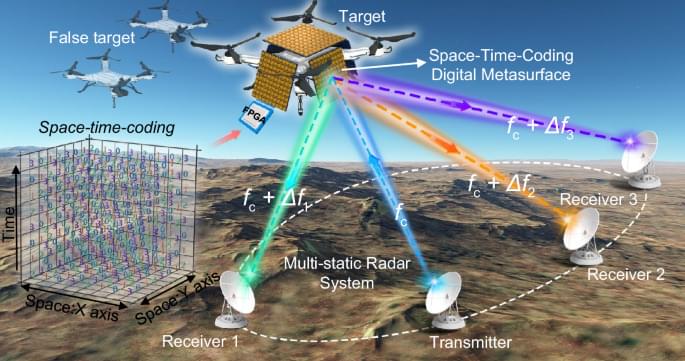
In advanced multi-static radar (MSR), multidimensional information from target echo signals is collected by different receivers to enable precise localization using various algorithms. Owing to its efficient target localization and tracking capability, MSR has found wide applications in sensing, military operations, aviation, and aerospace. Multi-static nature of MSR also makes it difficult to counter. Here, we propose an anti-radar methodology based on space-time-coding metasurface (STCM) to counter MSR. By designing the physical characteristics of STCM and developing adaptive and robust electronic countermeasure (ECM) control strategies, we realize a cost-effective, miniaturized and low-complexity ECM system with the flexible controlling capabilities. Under non-cooperative and dynamic ECM scenarios, the proposed method shows exceptional concealment and deception performance. To validate the methodology, we develop a prototype of the STCM-based anti-MSR system and successfully demonstrate its ability to neutralize various MSR technologies. The proposed method is expected to find practical applications in the anti-MSR scenarios.
This study proposes an anti-radar methodology based on space-time-coding metasurface to counter multi-static radar, which enables a cost-effective, miniaturized, and low complexity electronic countermeasure system.

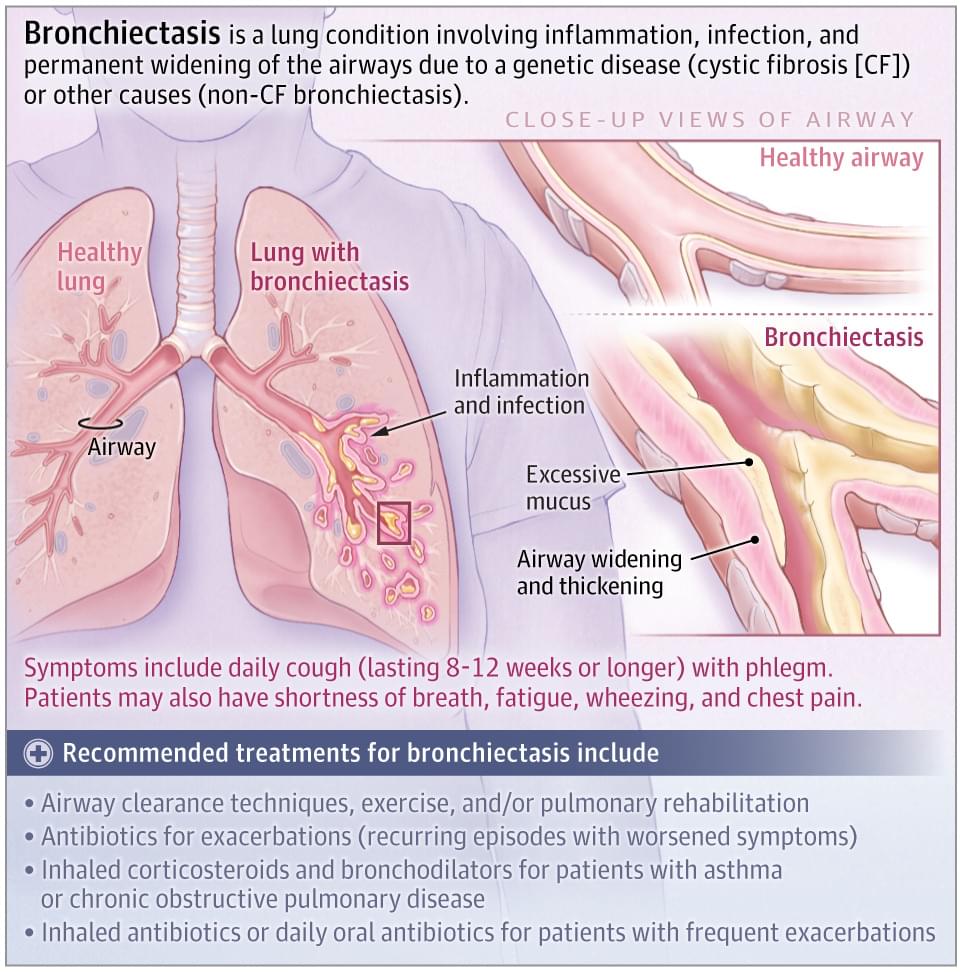
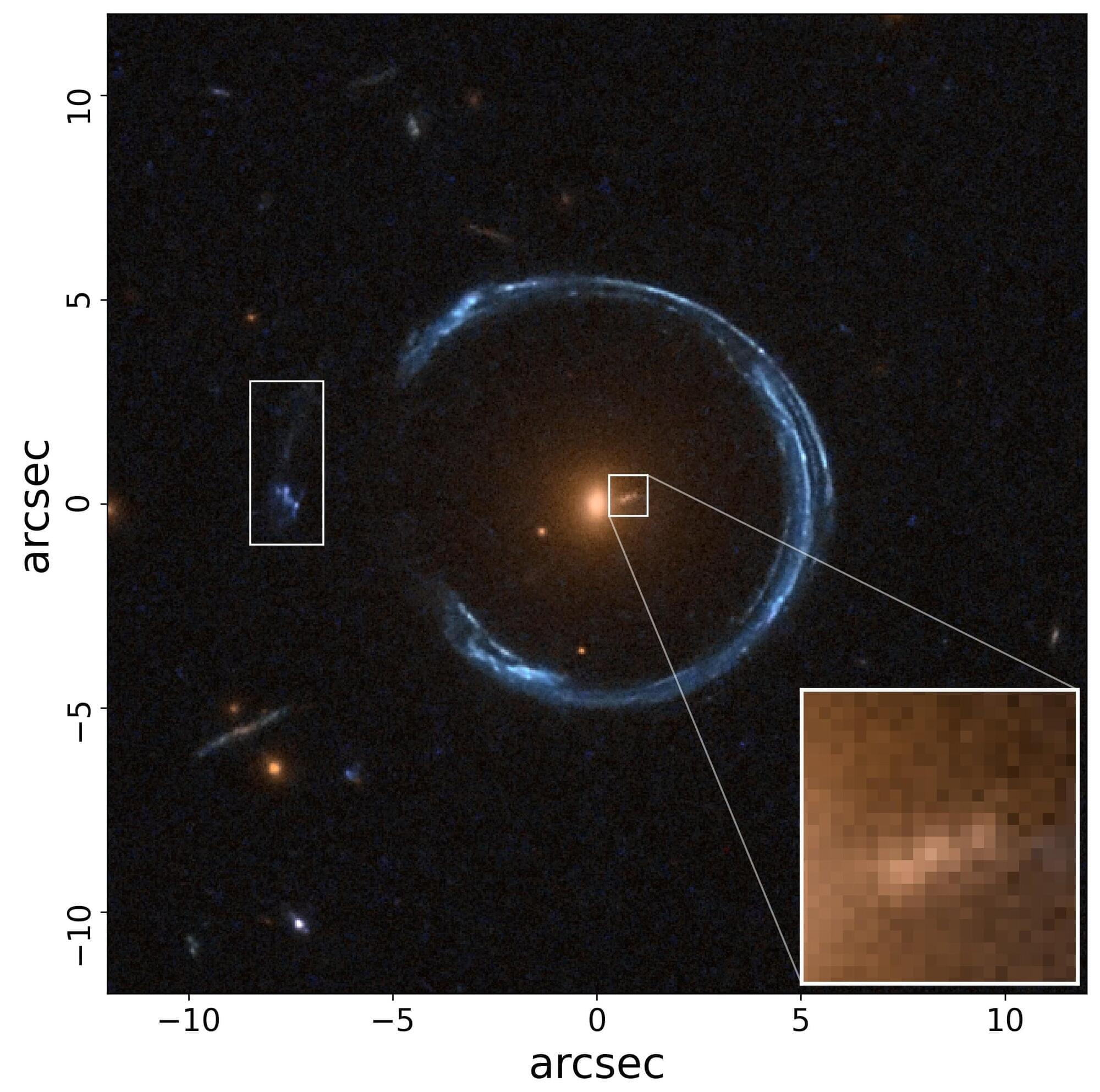
Astronomers have discovered potentially the most massive black hole ever detected. The cosmic behemoth is close to the theoretical upper limit of what is possible in the universe and is 10,000 times heavier than the black hole at the center of our own Milky Way galaxy.
It exists in one of the most massive galaxies ever observed—the Cosmic Horseshoe—which is so big it distorts spacetime and warps the passing light of a background galaxy into a giant horseshoe-shaped Einstein ring.
Such is the enormousness of the ultramassive black hole’s size, it equates to 36 billion solar masses, according to a new paper published today in Monthly Notices of the Royal Astronomical Society.
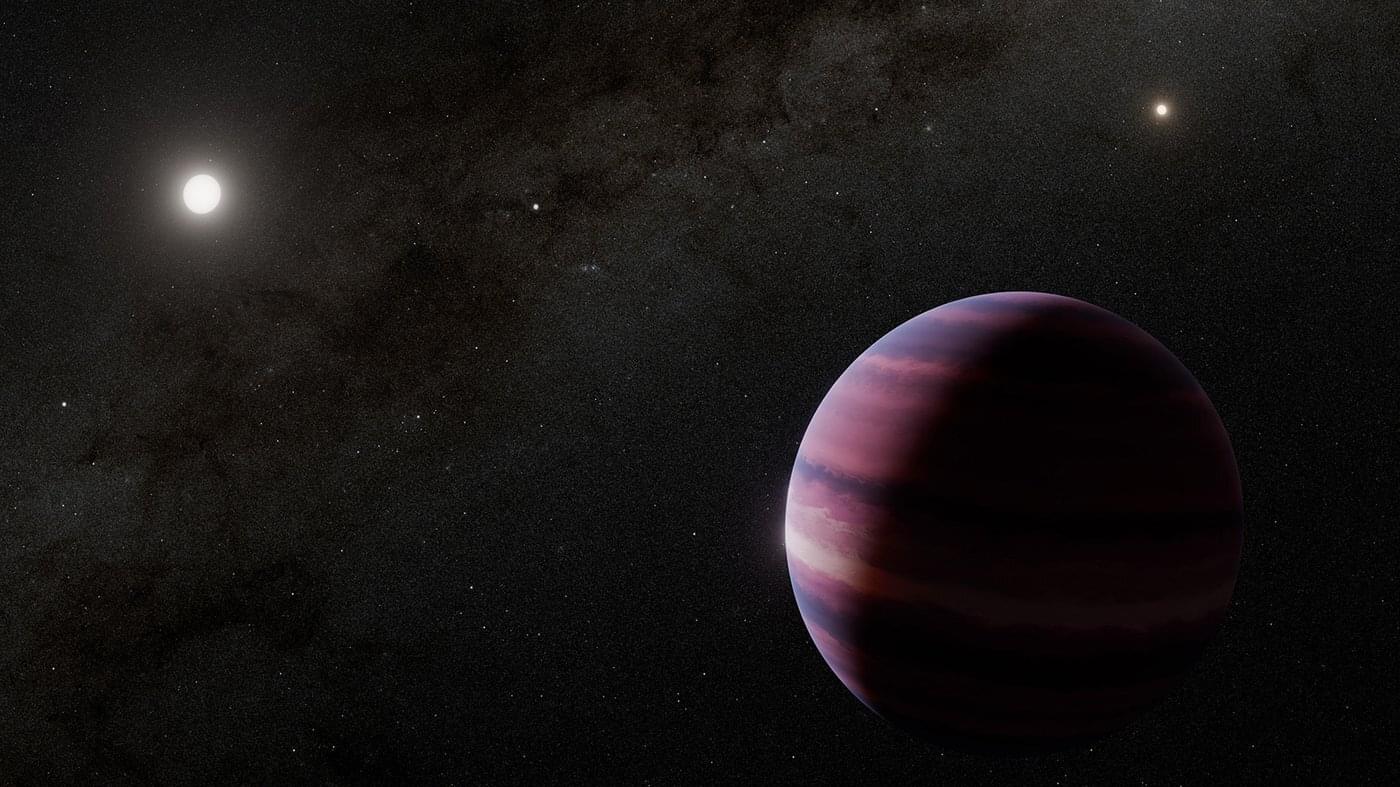
Astronomers have used NASA’s James Webb Space Telescope to find strong evidence for a planet orbiting a star in the triple system closest to our own sun. At just 4 light-years away from Earth, the Alpha Centauri star system has long been a compelling target in the search for worlds beyond our solar system called exoplanets.
The system is made up of a close pair of orbiting stars, Alpha Centauri A and Alpha Centauri B, the two closest sun-like stars to Earth, as well as the faint red dwarf star Proxima Centauri. While there are three confirmed planets orbiting Proxima Centauri, the presence of other worlds surrounding the sun-like twins of Alpha Centauri A and Alpha Centauri B has proved challenging to confirm.
Now, Webb’s observations from its Mid-Infrared Instrument (MIRI) are providing the strongest evidence to date of a gas giant planet orbiting in the habitable zone of Alpha Centauri A. (The MIRI instrument was developed in part by the Jet Propulsion Laboratory [JPL], which is managed by Caltech for NASA). The habitable zone is the region around a star where temperatures could be right for liquid water to pool on a planet’s surface.